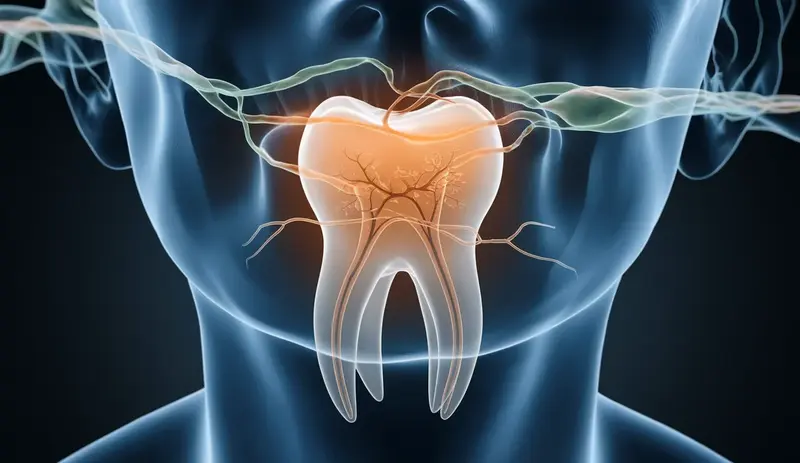
You’ve invested in a beautiful dental crown, but now you’re noticing it’s not as white as it used to be. Maybe you’ve caught yourself wondering what’s causing the change in color and if it’s something to worry about.
Don’t panic. Tooth crown discoloration is more common than you might think. We’ll break down the main causes, help you understand why it happens, and share some expert tips for maintaining your dental work’s appearance.
Understanding Dental Crown Materials
Dental crowns are made from different materials, each with a unique way of responding to staining. We’ve had plenty of astonished patients who were under the impression that all crown materials had the same stain resistance.
In terms of everyday colors and stains, the most susceptible crowns are those made from porcelain, with metal-based crowns coming in second. Some crowns are more porous than others, so they can absorb colors more readily.
Top Reasons for Crown Discoloration
Significant factors influence the rate at which your dental crowns may change color, and they happen to be things you might not want to give up. Love coffee? Can’t get through the day without it? Then be prepared for the possibility that your dental work might not be as bright a few months down the road.
Red wine can be particularly challenging. Its stain-removal ability on fabric is rivaled only by its iron grip on dental porcelain. Tobacco is another major culprit in crown discoloration, especially for patients in Houston, TX.
How Environmental Conditions Affect Crowns
Crowns are exposed to the same environmental conditions as natural teeth. You might be surprised to learn that a single cup of coffee can begin to stain dental work almost immediately.
Any food or beverage that doesn’t match the color of your teeth can cause staining. Even high-quality porcelain can sustain some level of damage. Worn-down crowns and frequent dental visits to replace them are not worth it.
Oral Hygiene and Crown Appearance
Your crowns will look their best if you keep up a consistent, routine dental care regimen. We’ve seen patients fixated on the appearance of their extravagant prosthetic teeth who, in fact, possess a lack of good dental hygiene.
A buildup of plaque and debris can make crowns look filthy. If your crowns look worse for wear, the problem might not lie in the crown’s shade but in your oral hygiene routine.
You May Be Interested In: Why Do I Have Tooth Pain During Weather Changes?
Maintaining Crown Brightness
Here are some quick tips to keep your crowns looking great:
– Brush at least twice daily
– Floss regularly
– Use non-abrasive toothpaste
– Rinse after drinking staining beverages
Professional Treatments for Stained Crowns
The bright side is that you don’t always have to replace the whole crown when it gets discolored. A good dental cleaning can often bring back most of the brightness.
At Lifeworks Dental, we offer targeted treatments that can help in many situations without needing a full replacement. Visit our Google Maps location to learn more.
Preventing Future Staining
It’s always better to prevent than to cure when it comes to dental crowns. When drinking dark-colored beverages, use a straw to minimize contact with the crown.
If you don’t have a straw, tilt the cup so the liquid bypasses the front of your mouth. Regular dental check-ups can help spot potential stains before they become visible.
Final Recommendations
– Set dental exam appointments every 2 years
– Be careful with tobacco, coffee, and staining food and drinks
– Brush and floss thoroughly
Remember, each smile is unique. For personalized advice tailored to your specific needs, contact our clinic and schedule a consultation.
Crown discoloration happens, but it doesn’t have to be permanent. With the right care and professional guidance, you can keep your smile looking bright and healthy for years to come.



